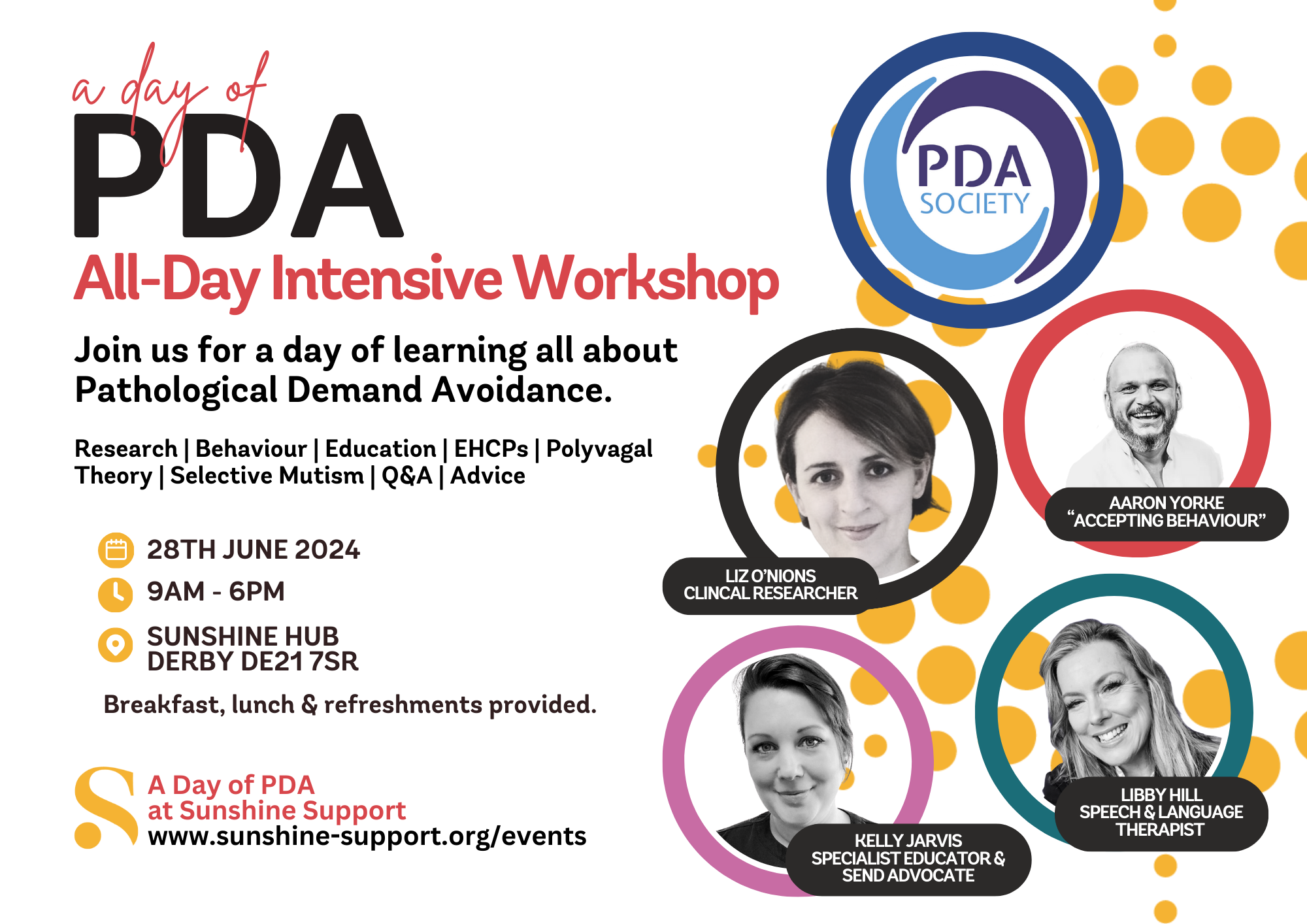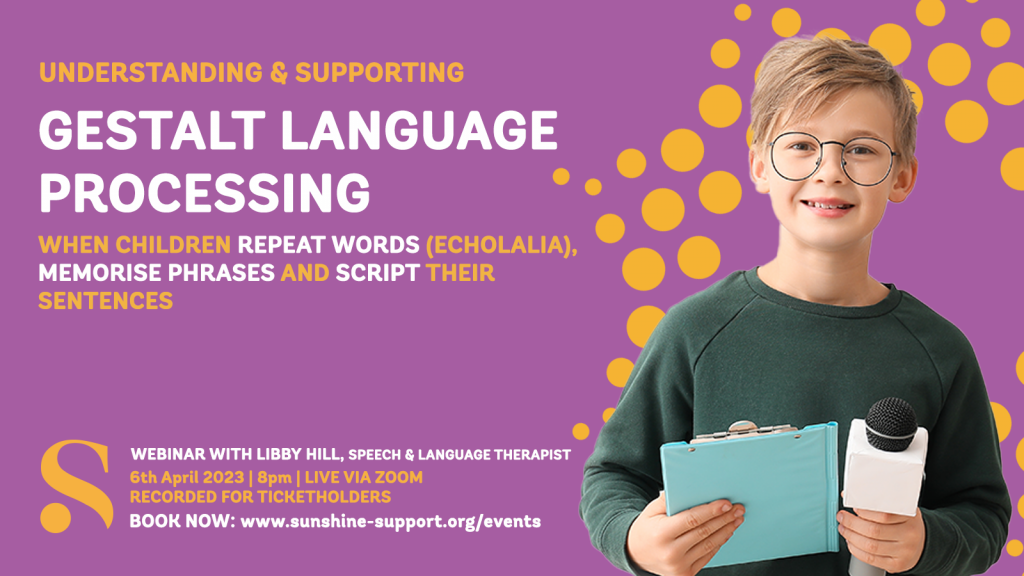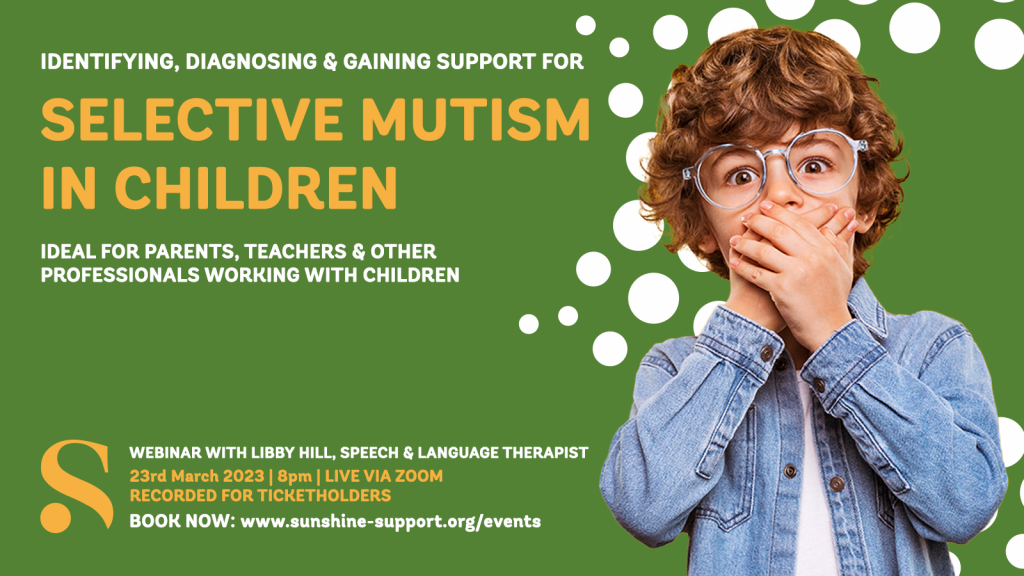I think many of us are afraid to use the word ‘trauma’ which really should not be the case. Perhaps this is due to people fearing using the word incase it takes away its meaning or maybe due to them not feeling the word should be used lightly.
Whatever the reason, Trauma should not be a taboo subject but instead something that is spoken about freely so it is understood and can be healed. By better understanding what trauma is we can start to identify triggers and implement treatments…
There are three parts of the brain that are most affected by trauma:
The Amygdala – regulates emotions, encodes memories and coordinates responses to your environment.
The Hippocampus – plays a critical role in memory, spatial processing and navigation.
The Pre-frontal Cortex – plays a central role in a variety of executive functions such as working memory.

What happens to these parts of the brain when they experience trauma?
The Amygdala becomes hypersensitive, meaning it is more reactive to stimuli/triggers/environments that somehow remind us of the trauma.
The Hippocampus will affect the ability to recall memories. Some memories may become extremely vivid and the ability to differentiate the past from the present can become compromised.
The Pre-frontal Cortex may cause emotional dysregulation, causing heightened states of anxiety, fear and extreme stress in response to stimuli/triggers/environments that are connected to the trauma.
Why does this happen?
I think it is about time we dropped the word ‘disorder’… The responses caused by trauma are not disordered but actually a natural response in order to cope with what has happened or what is happening. The only thing I personally would say is disordered is the way society stigmatises trauma and chooses to ignore those who openly address their experiences…
In terms of what actually causes trauma, I could list the generic points that you have probably already seen on the back of a leaflet or Facebook post but that would perhaps be pointless – but why?
Well, If there is one thing you should take away from reading this it is that trauma is unique to the individual. Something that may seem like nothing to you maybe something huge to somebody else. Absolutely anything can be traumatic to a person and their own personal experiences should never be belittled and always taken seriously.

What does trauma look like? How do we identify it?
As I previously said, trauma is unique to the individual which therefore suggests that trauma presents itself differently in each person.
Emotional Trauma is not something you can physically see. However, you maybe perhaps be able to see visible signs of anxiety or depression that often relate to trauma.
In terms of identifying trauma in yourself, you may see/feel:
- Heightened anxiety
- Mood swings
- Feelings of guilt
- Feelings of shame
- Feeling Depressed
- Sleep difficulties
- Fatigue
- Panic
- Feeling Disconnected
- Experiencing Flashbacks
- Denial
These are very general symptoms; however, just because you do not resonate with any of them that does not mean you do not have trauma. Your own trauma may just be presenting differently.
Dissociation, derealisation and depersonalisation…
The reason I bring up Dissociation specifically is because it is actually the third most common mental health problem after Depression and Anxiety. Unsurprisingly the condition often goes unrecognised and misunderstood.
Dissociation– disconnecting from reality
Derealisation– disconnecting from your surroundings
Depersonalisation– disconnecting from your self
As a whole, dissociation stems from trauma. I think many of us assume that you had to have been in a car crash of experienced some sort of assault but the truth about trauma is that we can have little traumas and big traumas (or little t’s and big t’s if you like).
For example, as a child we may experience something frightening where we do not quite understand what is happening. As an adult we may look back and think that it actually was not a big deal but actually it was a ”little t”.
We can collect these ”little t’s” over a period of time which can cause out brain to push the eject button in a way which can cause us to dissociate.

How can we process and heal trauma?
There is no quick fix for trauma but there are things we can actively do to help ourselves and others…
- Further understand what trauma is… Understanding why trauma happens and what effect it has on us is such an important part of the process. I have listed some fantastic books/resources below!
- Addressing our trauma and never ignoring it… Dismissing trauma will only cause more issues later on down the line.
- Take small steps… This could perhaps be something simple as admitting to the issues or speaking to someone about them.
- Give yourself time… Healing takes time so you should allow yourself to have that time. You should never force yourself to do anything too quickly.
Watch Chrissa discussing trauma:
For more video content on trauma as well as a multitude of topics related to SEND, check out the Sunshine Support YouTube channel! You can also access a wealth of webinars, resources and courses related to the topic of trauma on our Sunshine Academy, a subscription platform that gives you access to a community board with our Sunshine Advocates actively offering support, over 150 resources and past webinars, and so much more. For £10.99 a month – you can cancel at any time – it’s worth every penny to have the handy one-stop SEND resource that is the Sunshine Academy at the click of a button!
Join us at our webinar: Understanding How Trauma Can Impact Our Executive Functioning

Trauma can cause a tremendous impact on what’s know as an our ‘executive functions’. These functions include: Self-restraint, working memory, emotion control, focus, task initiation, planning/prioritisation, organisation, time management, defining and achieving goals, flexibility, observation, stress tolerance, and so much more! Executive Dysfunction can have a really detrimental impact on our day-to-day lives, which is why it’s becoming ever more vital to understand the fundamentals of that is happening inside the brain and then build up appropriate support strategies. This webinar, in partnership with Smalltalk SLT, will tackle the topic of trauma, address the impact on executive functioning, and offer expert advice on the matter.
Resources
Clinicial Applications of The Polyvagal Theory – Stephen W. Porges and Deb Dana
The Polyvagal Theory in Therapy – Deb Dana
Complex PTSD: From Surviving to Thriving – Pete Walker
The Book You Wish Your Parents Had Read (and your children will be glad that you did) – Phillipa Perry
Transforming the Living Legacy of Trauma – Janina Fisher










